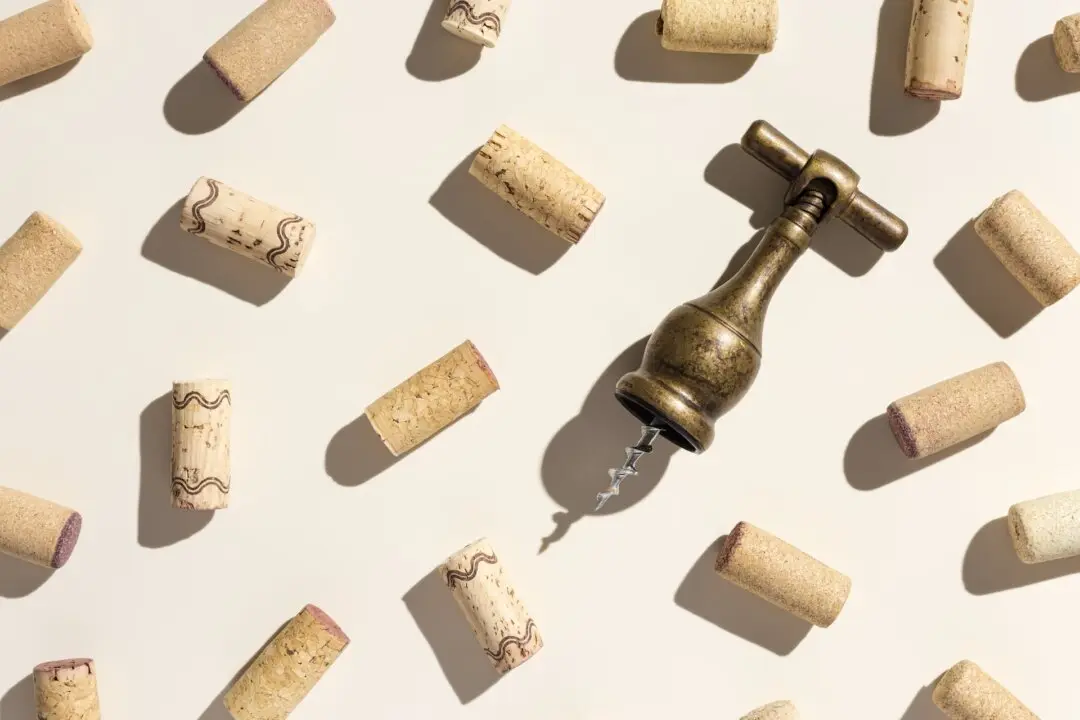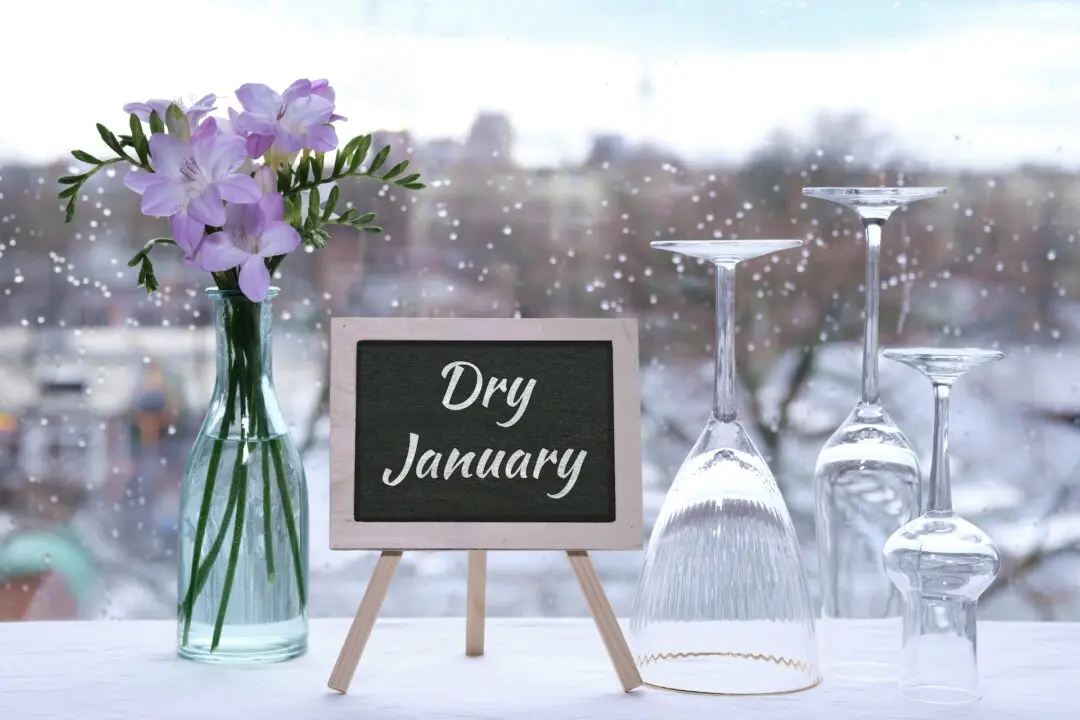Living in the heart of Sonoma County wine country gives me direct access to winemakers, occasionally in grocery stores or parking lots.
Two weeks ago, I bumped into a friend, a winemaker for a small winery who bemoaned that prices for merlot grapes were rising a lot higher than he had anticipated, which made his job more difficult.





